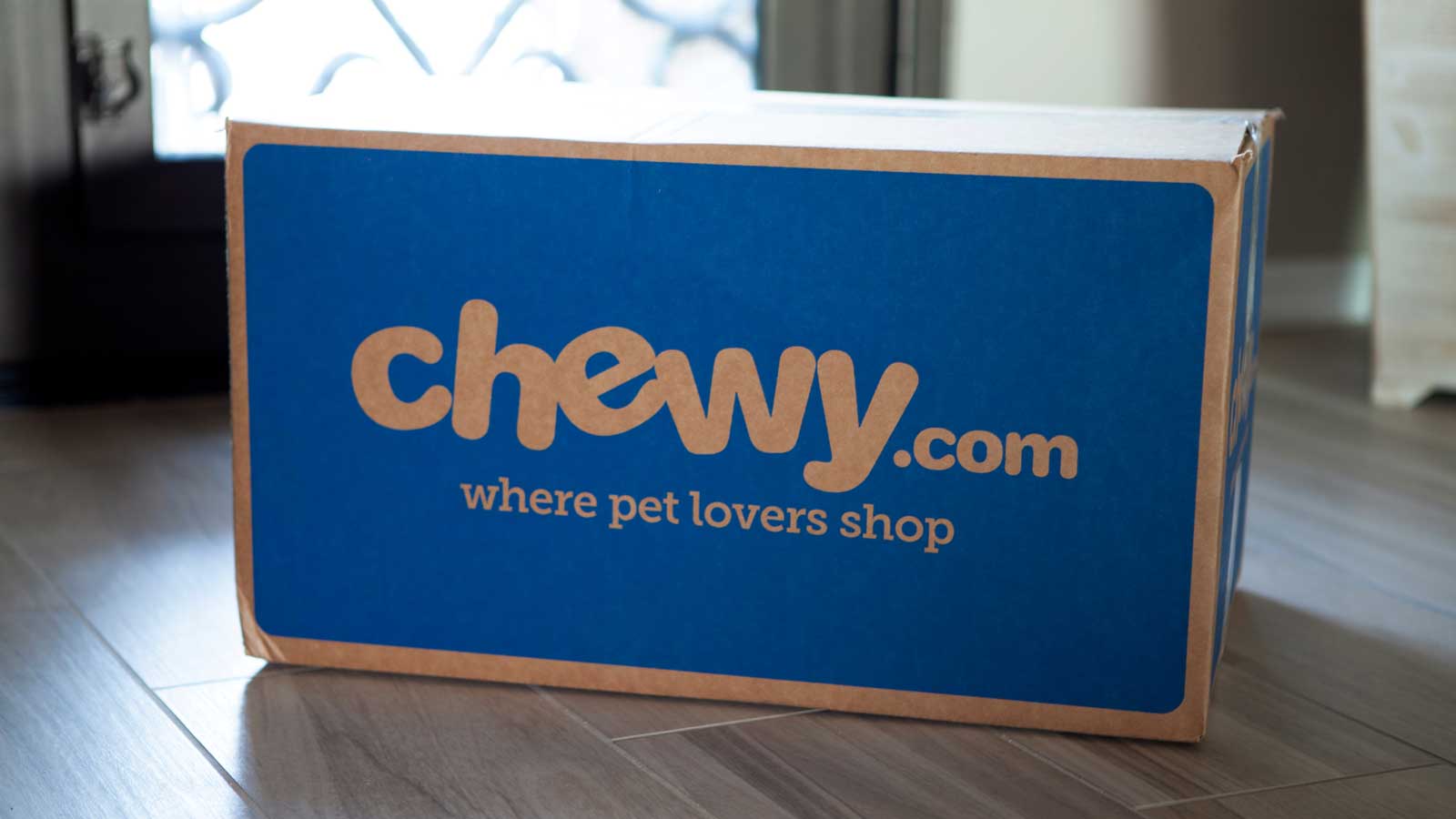Leading U.S. pet e-retail marketplace Chewy (NYSE:CHWY) made its debut on Wall Street in mid-June 2019. It was a huge success. Chewy priced its IPO at $22 per share. Chewy stock closed its first day of trading at $35, or up about 60% from the IPO price.

Unfortunately for bulls, that first day closing price of $35, is about as high as CHWY stock has ever been.
Since the huge day-1 pop, Chewy stock has given up a big chunk of its gains, as investors have expressed concerns over slowing growth, slim gross margins and huge losses. Today, Chewy stock trades hands around $27, more than 20% below its first day closing price.
The big question now — is the selloff in CHWY stock over, or does this freshly public growth stock have more room to fall?
I think the latter. Chewy is a great company, with great fundamentals and great growth potential over the next several years. But, all that “greatness” is fully priced into Chewy stock … and then some.
As such, while I’d love to own CHWY stock for the long haul, I’d like to buy it at more reasonable prices than where it currently trades. Because of this, I expect recent weakness in the stock to stick around until the valuation becomes more tangible.
Chewy Has a Great Growth Profile
To be clear, my caution on Chewy stock has very little to do with caution on the Chewy growth narrative. On the contrary, the Chewy growth narrative is actually very robust, and paves the path for huge profit growth here in the long run.
Here’s the story. Americans love their pets. This has always been true. But, it’s more true now than ever before. Generation Z and millennial couples, who are pushing back big life events like having actual kids, are becoming pet parents in greater frequency and treating those pets as starter children. The result? The number of pet parents in America is rising, and the per capita spend for each of those pet parents is also growing. That’s why the U.S. pet spend market projects to grow at a 4% rate over the next several years, according to Chewy management.
Further, pet food and supplies is one of the more under-penetrated retail segments in terms of digital penetration. That is, only 14% of pet food and supplies sales happen in the digital channel, versus 20%-plus e-retail penetration rates in the apparel, footwear, toys and consumer electronics segment. The e-retail penetration rate in the pets market is rapidly expanding (it was just 4% in 2015), and will continue to rapidly expand because pet food and supplies aren’t the type of products that require much touching and feeling. That’s why, according to Packaged Facts, the pet food and supplies market is expected to hit 25% internet penetration by 2022.
Big picture, you have a stable growth pet care industry supported by secular drivers, on the verge of immense e-retail disruption. That combination will ultimately produce huge growth in the pet care e-retail market.
Chewy is at the epicenter of that market. In 2018, they controlled about 45% of the U.S. online pet care market, meaning that this is essentially the Amazon (NASDAQ:AMZN) of the pet care world. And, as the Amazon of the pet care world, Chewy should win big as the pet e-retail market explodes higher over the next several years.
Chewy Stock Is Fully Priced For Greatness
The problem with CHWY stock is that it’s already fully priced for big growth over the next several years … and then some.
Let’s look at the numbers here. The U.S. pet foods and supplies market measured about $46 billion in 2018. Chewy did sales of about $3.5 billion. Thus, this company controlled about 7.6% of the total U.S. pet care market in 2018. That is up from about 2.1% in 2016 and 4.8% in 2017.
In other words, thanks to its dominant share in the rapidly expanding e-commerce segment of the pet care world, Chewy is consistently expanding its share of the total U.S. pet care market by about 200 to 300 basis points per year. Naturally, this will slow with scale as online ramp slows and Chewy starts to rub elbows more aggressively with physical retail competitors. But, there is enough momentum here to reasonably power 100 to 200 basis points of share expansion per year into 2025.
That would put Chewy’s share of the U.S. pet foods and supplies market at roughly 20%. By then, assuming a steady and historically resilient 4% growth rate, that market will likely measure north of $60 billion in sales. That combination implies about $12 billion in sales for Chewy by 2025.
Gross margins are just 20% today, but powering higher by several hundred basis points each year. At scale, I believe they can reach 30%, which is where Petco’s gross margins were a few years back. The opex rate should simultaneously fall with scale, from today’s 27% rate. Thus, by 2025, Chewy will likely operate at high, single-digit operating margins.
At $12 billion in sales, high, single-digit operating margins make $2 in earnings-per-share seem doable by 2025. Assuming the stock gets a growth average 20-times forward multiple at that point, then a fundamentally supported 2024 price target for CHWY stock is $40. Discounted back by 10% per year, that equates to a 2019 price target of about $25 — below today’s Chewy stock price.
Bottom Line on CHWY Stock
Chewy stock is a long-term winner. But, the current price tag on CHWY stock is too expensive. As such, the best course of action here is simple — wait for Chewy stock to come down some more, and then buy the dip if/when the stock drops below $25.
As of this writing, Luke Lango did not hold a position in any of the aforementioned securities.
